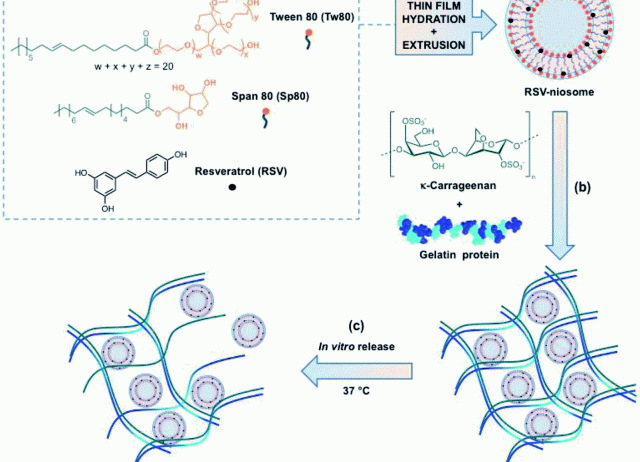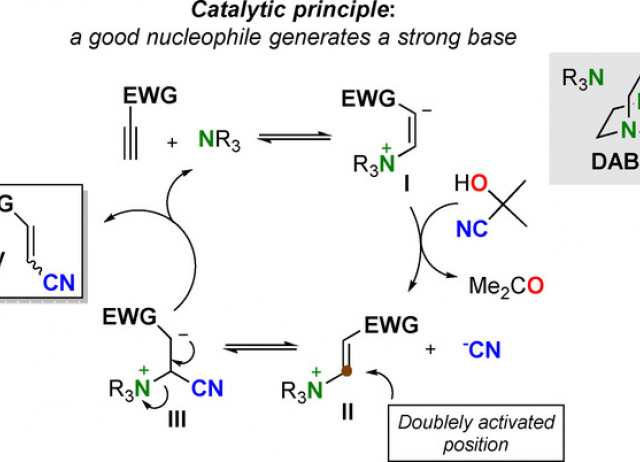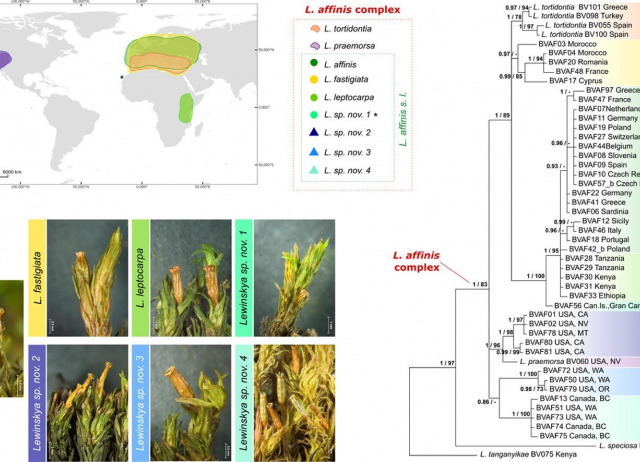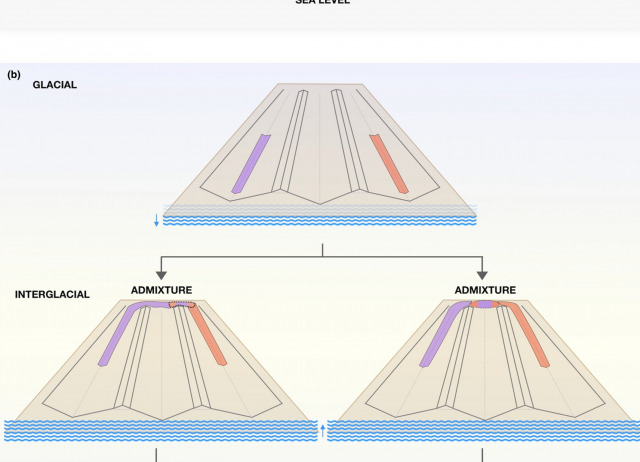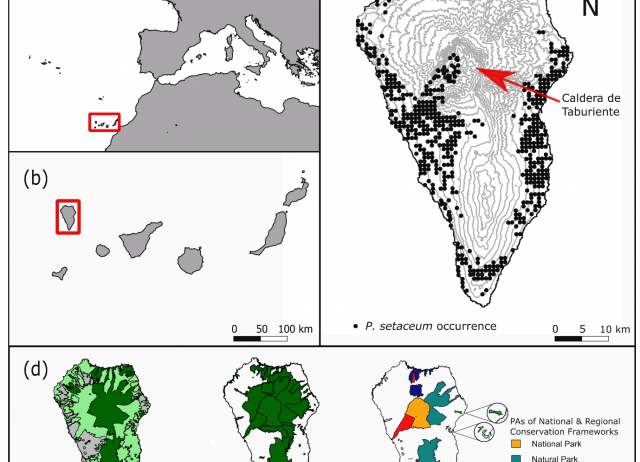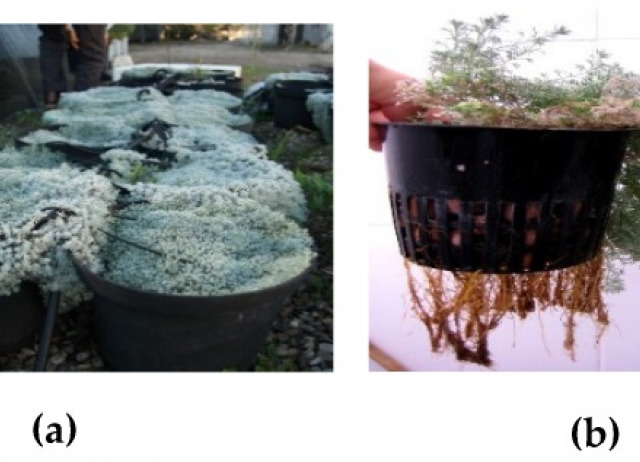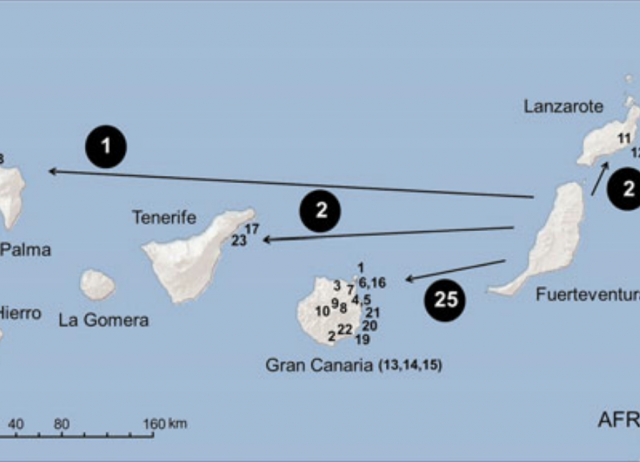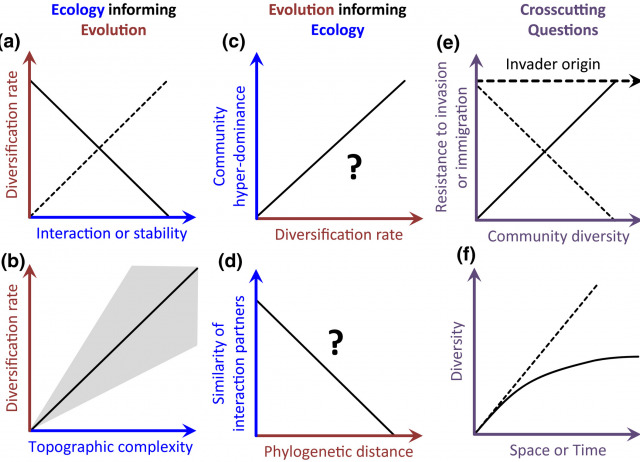
Heritage in danger. The collapse of commercial archaeology in Spain
As in most European countries and elsewhere, Spanish commercial archaeology is a business model based on the theoretical and technical principles of safeguarding heritage that thrived during the 1990s and 2000s. However, nearly half of the Spanish archaeological companies closed by 2014, stressing the drama associated with the redundancy of its workforce in a mere five-year period and the threat to heritage protection and management. The current context of global crisis has impacted this sector, which is on the brink of extinction. This emphasizes the need for a new paradigm of archaeological heritage management in the 21st century. This breakdown calls into question the extent to which archaeology can generate initiatives of sustainable heritage management. By analysing data derived from an empirical study of Spanish archaeological companies between 2009 and 2017, this paper explores the underlying factors behind the collapse of commercial archaeology. In doing so, it contributes to the current global debate about the future possibilities of heritage management in a post-industrial context.
Parga Dans, Eva
Unifying macroecology and macroevolution to answer fundamental questions about biodiversity
The study of biodiversity started as a single unified field that spanned both ecology and evolution and both macro and micro phenomena. But over the 20th century, major trends drove ecology and evolution apart and pushed an emphasis towards the micro perspective in both disciplines. Macroecology and macroevolution re-emerged as self-consciously distinct fields in the 1970s and 1980s, but they remain largely separated from each other. Here, we argue that despite the challenges, it is worth working to combine macroecology and macroevolution. We present 25 fundamental questions about biodiversity that are answerable only with a mixture of the views and tools of both macroecology and macroevolution.
McGill, Brian J.; Chase, Jonathan M.; Hortal, Joaquín ; Overcast, Isaac; Rominger, Andrew J.; Rosindell, James; Borges, Paulo A.V.; Emerson, Brent C.; Etienne, Rampal; Hickerson, Michael J.; Mahler, D.Luke; Massol, Francois; McGaughran, Angela; Neves, Pedro; Parent, Christine; Patiño, Jairo; Ruffley, Megan; Wagner, Catherine E.; Gillespie, Rosemary
Niosomes encapsulated in biohydrogels for tunable delivery of phytoalexin resveratrol
A series of biohydrogels based on mixtures of kappa-carrageenan (κ-carrageenan, κ-C) and gelatin were evaluated as potential soft delivery vehicles for the encapsulation and subsequent release of non-ionic surfactant vesicles (niosomes) loaded with resveratrol (RSV). The niosomes were prepared using a mixture of amphiphilic lipids Tween 80 and Span 80 in water. The results showed that RSV-niosomes did not significantly affect the hydrogelation properties of the biopolymer mixture. Moreover, in vitro drug release experiments from biohydrogels containing RSV-niosomes were successfully carried out under simulated gastrointestinal conditions. The RSV-niosomal liberation profiles from hydrogels were fitted using first order kinetics, Higuchi, Korsmeyer-Peppas and Weibull drug release models, showing the prevalence of diffusion mechanisms in each case. In addition, the RSV release was easily tuned by adjusting the total concentration of κ-C : gelatin. Interestingly, the niosomal-hydrogel system was also found to prevent the trans-to-cis photoisomerization of RSV.
Machado, Noelia D.; Fernández, Mariana A.; Häring, Marleen; Saldías, César; Díaz Díaz, David
Catalytic Hydrocyanation of Activated Terminal Alkynes
A universal, practical and scalable organocatalytic hydrocyanation manifold to provide ß¿substituted acrylonitriles bearing an electron¿withdrawing functionality has been implemented. The catalytic manifold operates under the reactivity generation principle ¿a good nucleophile generates a strong base¿, and it uses 1,4¿diazabicyclo[2.2.2]octane (DABCO) as the catalyst, activated terminal alkynes as substrates and acetone cyanohydrin as the cyanide source. The acrylonitriles obtained as E,Z mixtures are straightforwardly resolved by simple flash chromatography delivering the pure isomers in preparative amounts.
Tejedor, David ; Delgado-Hernández, Samuel; Colella, Lucía; García-Tellado, Fernando
Do mosses really exhibit so large distribution ranges? Insights from the integrative taxonomic study of the Lewinskya affinis complex (Orthotrichaceae, Bryopsida)
The strikingly lower number of bryophyte species, and in particular of endemic species, and their larger distribution ranges in comparison with angiosperms, have traditionally been interpreted in terms of their low diversification rates associated with a high long-distance dispersal capacity. This hypothesis is tested here with Lewinskya affinis (≡ Orthotrichum affine), a moss species widely spread across Europe, North and East Africa, southwestern Asia, and western North America. We tested competing taxonomic hypotheses derived from separate and combined analyses of multilocus sequence data, morphological characters, and geographical distributions. The best hypothesis, selected by a Bayes factor molecular delimitation analysis, established that L. affinis is a complex of no less than seven distinct species, including L. affinis s.str., L. fastigiata and L. leptocarpa, which were previously reduced into synonymy with L. affinis, and four new species. Discriminant analyses indicated that each of the seven species within L. affinis s.l. can be morphologically identified with a minimal error rate. None of these species exhibit a trans-oceanic range, suggesting that the broad distributions typically exhibited by moss species largely result from a taxonomic artefact. The presence of three sibling western North American species on the one hand, and four Old World sibling species on the other, suggests that there is a tendency for within-continent diversification rather than recurrent dispersal following speciation. The faster rate of diversification as compared to intercontinental migration reported here is in sharp contrast with earlier views of bryophyte species with wide ranges and low speciation rates.
Vigalondo, B.; Garilleti, R.; Vanderpoorten, A.; Patiño, Jairo; Draper, I.; Calleja, J.A.; Mazimpaka, V.; Lara, F.
A topoclimate model for Quaternary insular speciation
[Aim]: Understanding the drivers of speciation within islands is key to explain the high levels of invertebrate diversification and endemism often observed within islands. Here, we propose an insular topoclimate model for Quaternary diversification (ITQD), and test the general prediction that, within a radially eroded conical island, glacial climate conditions facilitate the divergence of populations within species across valleys. [Location]: Gran Canaria, Canary Islands. [Taxon]: The Laparocerus tessellatus beetle species complex (Coleoptera, Curculionidae). [Methods]: We characterize individual-level genomic relationships using single nucleotide polymorphisms produced by double-digest restriction site associated DNA sequencing (ddRAD-seq). A range of parameter values were explored in order to filter our data. We assess individual relatedness, species boundaries, demographic history and spatial patterns of connectivity. [Results]: The total number of ddRAD-seq loci per sample ranges from 4,576 to 512, with 11.12% and 4.84% of missing data respectively, depending on the filtering parameter combination. We consistently infer four genetically distinct ancestral populations and two presumed cases of admixture, one of which is largely restricted to high altitudes. Bayes factor delimitation support the hypothesis of four species, which is consistent with the four inferred ancestral gene pools. Landscape resistance analyses identified genomic relatedness among individuals in two out of the four inferred species to be best explained by annual precipitation during the last glacial maximum rather than geographic distance. [Main conclusions]: Our data reveal a complex speciation history involving population isolation and admixture, with broad support for the ITQD model here proposed. We suggest that further studies are needed to test the generality of our model, and enrich our understanding of the evolutionary process in island invertebrates. Our results demonstrate the power of ddRAD-seq data to provide a detailed understanding of the temporal and spatial dynamics of insular biodiversity.
García-Olivares, Victor; Patiño, Jairo; Overcast, Isaac; Salces-Castellano, Antonia; López de Heredia, Unai; Mora-Márquez, Fernando; Machado, Antonio; Hickerson, Michael J.; Emerson, Brent C.
Graminoid invasion in an insular endemism hotspot and its protected areas
Invasive plant species are increasingly altering species composition and the functioning of ecosystems from a local to a global scale. The grass species Pennisetum setaceum has recently raised concerns as an invader on different archipelagos worldwide. Among these affected archipelagos are the Canary Islands, which are a hotspot of endemism. Consequently, conservation managers and stakeholders are interested in the potential spreading of this species in the archipelago. We identify the current extent of the suitable habitat for P. setaceum on the island of La Palma to assess how it affects island ecosystems, protected areas (PAs), and endemic plant species richness. We recorded in situ occurrences of P. setaceum from 2010 to 2018 and compiled additional ones from databases at a 500 m × 500 m resolution. To assess the current suitable habitat and possible distribution patterns of P. setaceum on the island, we built an ensemble model. We projected habitat suitability for island ecosystems and PAs and identified risks for total as well as endemic plant species richness. The suitable habitat for P. setaceum is calculated to cover 34.7% of the surface of La Palma. In open ecosystems at low to mid elevations, where native ecosystems are already under pressure by land use and human activities, the spread of the invader will likely lead to additional threats to endemic plant species. Forest ecosystems (e.g., broadleaved evergreen and coniferous forests) are not likely to be affected by the spread of P. setaceum because of its heliophilous nature. Our projection of suitable habitat of P. setaceum within ecosystems and PAs on La Palma supports conservationists and policymakers in prioritizing management and control measures and acts as an example for the potential threat of this graminoid invader on other islands.
Walentowitz, Anna J.; Irl, S.D.H.; Acebedo Rodríguez, Aurelio Jesús; Palomares-Martínez, Ángel; Vetter, Vanessa; Zennaro, Barbara; Medina, Félix M. ; Beierkuhnlein, Carl
Chemical composition and biological activities of artemisia pedemontana subsp. assoana essential oils and hydrolate
Given the importance of the genus Artemisia as a source of valuable natural products, the rare plant Artemisia pedemontana subspecies assoana, endemic to the Iberian Peninsula, has been experimentally cultivated in the greenhouse and aeroponically, to produce biomass for essential oil (EO) extraction. The chemical composition of the EOs was analyzed, and their plant protection (insects: Spodoptera littoralis, Rhopalosiphum padi, and Myzus persicae; plants: Lactuca sativa and Lolium perenne; fungi: Aspergillus niger; and nematode: Meloidogyne javanica) and antiparasitic (Trypanosoma cruzi, Phytomonas davidi, and antiplasmodial by the ferriprotoporphyrin biocrystallization inhibition test) properties were studied, in addition to the hydrolate by-product. The EOs showed a 1,8-cineole and camphor profile, with quantitative and qualitative chemical differences between the cultivation methods. These oils had moderate insect antifeedant, antifungal, and phytotoxic effects; were trypanocidel; and exhibited moderate phytomonacidal effects, while the hydrolate showed a strong nematicidal activity. Both EOs were similarly antifeedant; the EO from the greenhouse plants (flowering stage) was more biocidal (antifungal, nematicidal, and phytotoxic) than the EO from the aeroponic plants (growing stage), which was more antiparasitic. The major components of the oils (1,8-cineole and camphor), or their 1:1 combination, did not explain any of these effects. We can conclude that these EOs have potential applications as insect antifeedants, and as antifungal or antiparasitic agents, depending on the cultivation method, and that the hydrolate byproduct is a potent nematicidal.
Sainz, Paula; Andrés, Mª Fé ; Martínez-Díaz, Rafael A.; Bailén, María; Navarro-Rocha, Juliana; Díaz, Carmen E.; González-Coloma, Azucena
From intentional community to ecovillage: tracing the Rainbow movement in Spain
The Rainbow is a global community that emerged with the hippie movement in the 1960s. Although it originated and largely developed in the USA, it soon expanded to Europe. Due to the political context in Spain, the Rainbow was weak there until the reestablishment of democracy in 1975, when it was spurred by the creation of various communes throughout the country. This paper explores the issue of heritage in one of the earliest and most iconic Rainbow villages in Spain, Matavenero, asking whether notions of heritage emerge in Rainbow contexts. In doing so, it contributes to critical geography of heritage and intentional communities by inquiring into the narratives about the past developed by the community and their use of space and material culture in ways that reproduce forms of segmentarity. Drawing on ethnographic methods and long-term ethnography, the paper demonstrates the absence of the notion of heritage as generally understood in Western capitalist culture and develops the concept of “a-patrimonial” processes to explain this phenomenon.
Alonso González, Pablo; Parga Dans, Eva
Rapid responses against invasive species on islands: Lessons from the introduced Barbary ground squirrel Atlantoxerus getulus in the Canary Islands
Despite efforts to combat invasive species, further measures are still required to prevent their arrival and translocation, especially into biodiverse island ecosystems. Although many governments worldwide have already established protocols to control alien species, the European outermost regions have yet to implement fully effective prevention or rapid response procedures. The numerous translocations of the invasive Barbary ground squirrel Atlantoxerus getulus within the Canary Islands illustrate this problem. From 1996 to 2016 at least 2.1 individuals per year have been moved from Fuerteventura to other islands. If movements of these medium-sized vertebrates are taking place regularly, the number of smaller species transported within the archipelago could potentially be greater. We argue that it is essential to implement stricter strategies for invasive species control in these remote biodiversity-rich islands, including early detection and rapid response, to minimize impacts on native biodiversity.
Medina, Félix M.; López-Darias, Marta; Piquet, Julien C.
